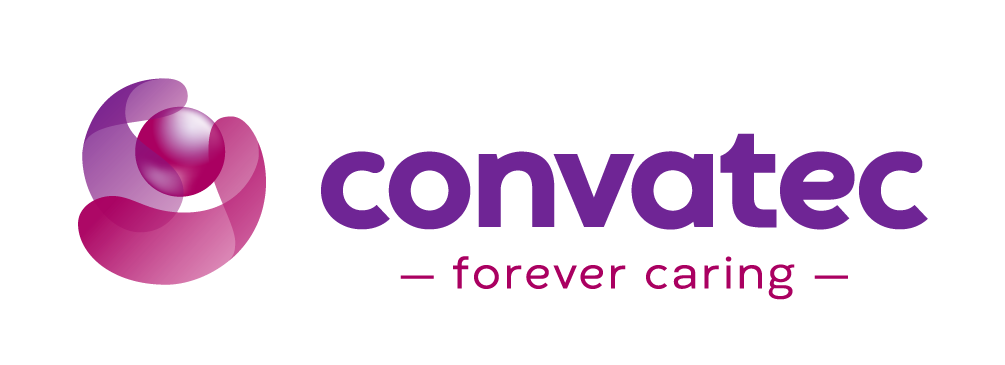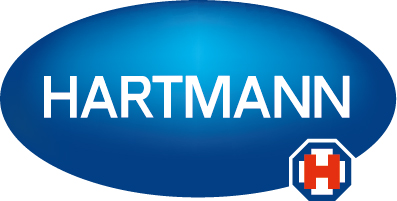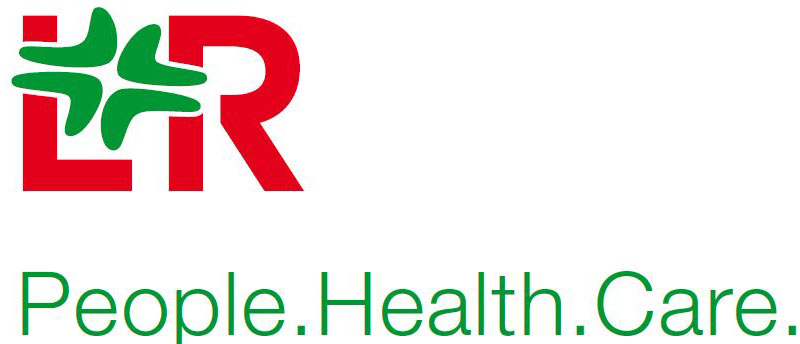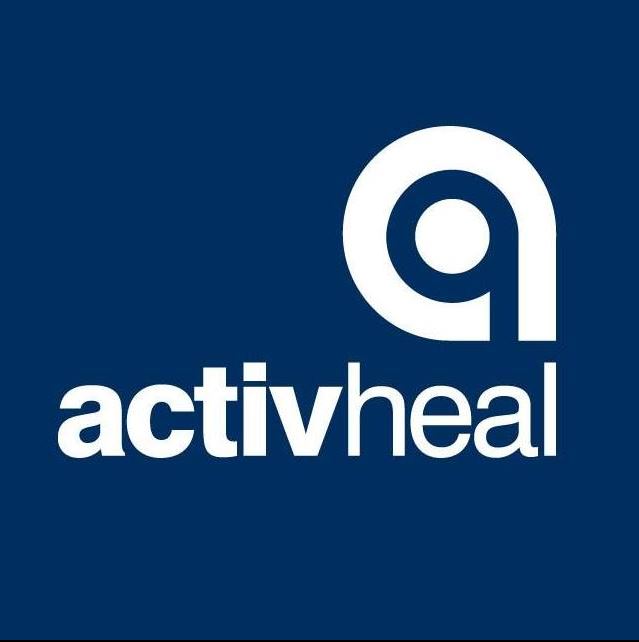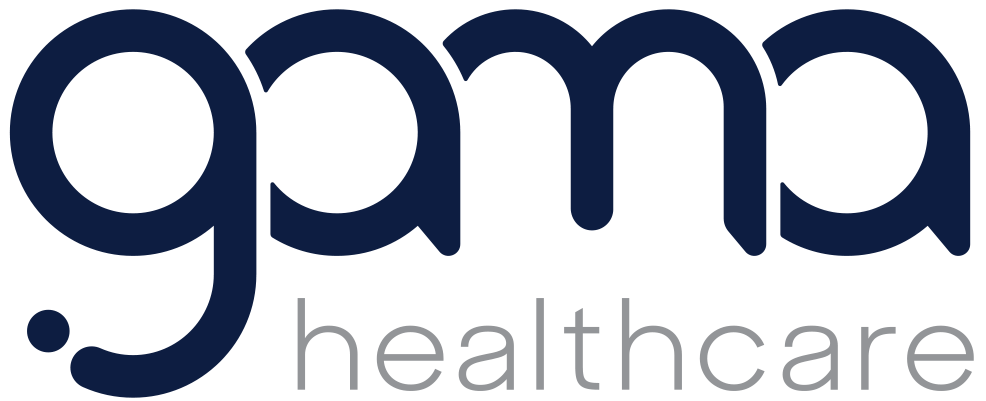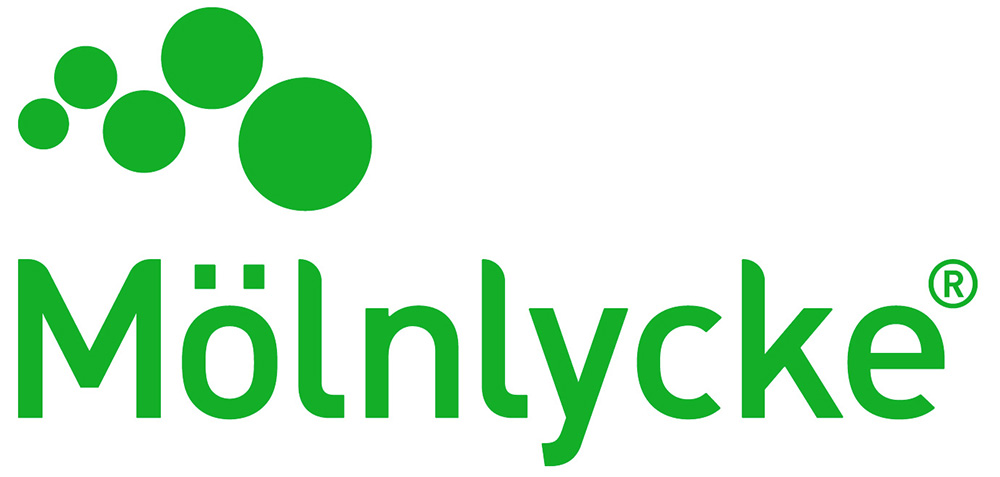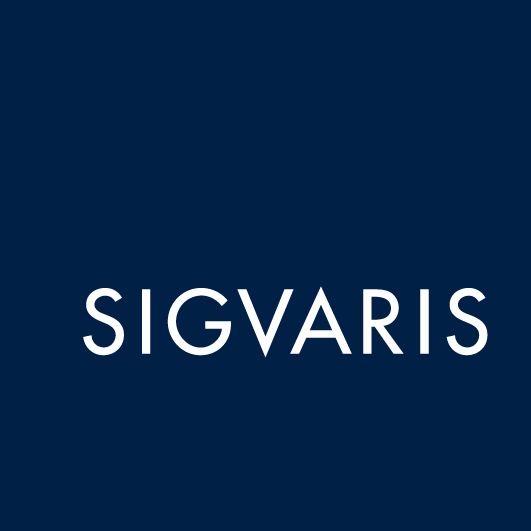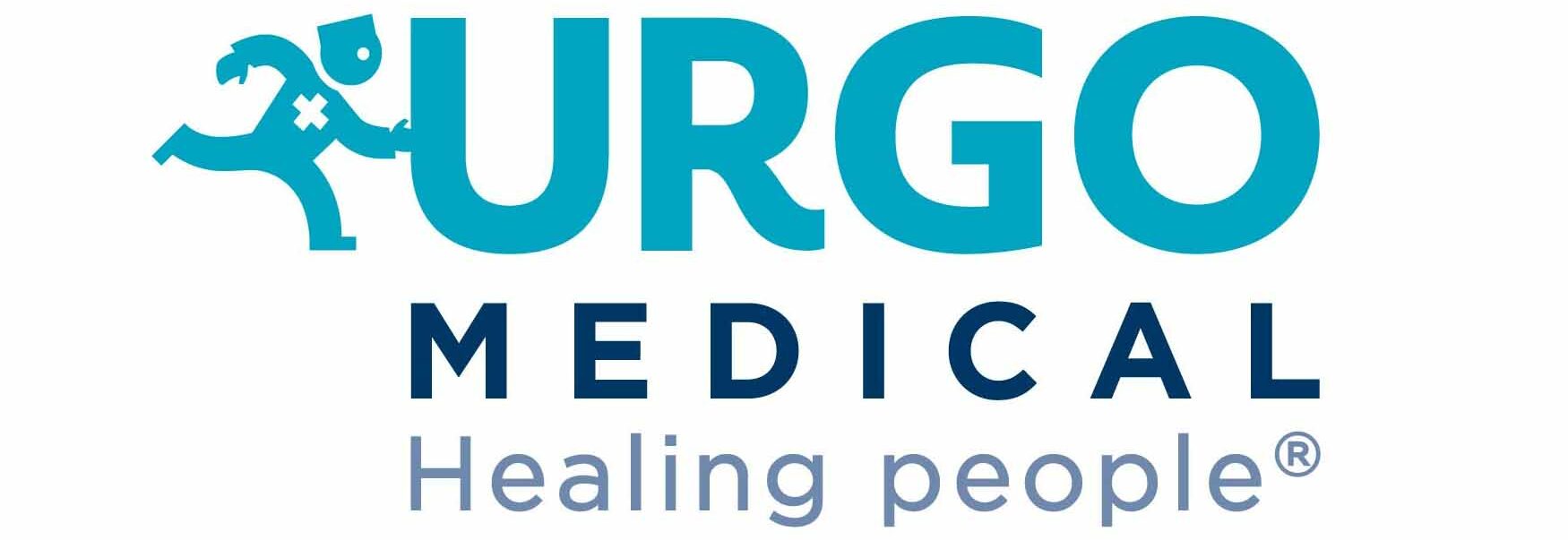Susan Newman
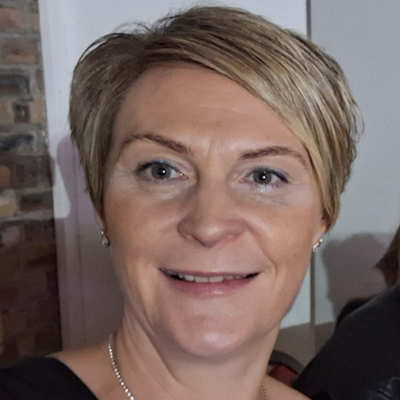
Free Paper Presentation (Research category) at The Society of Tissue Viability 2025 Conference
The role of the Pressure Ulcer Improvement Nurse (PUIN) in improving the adverse event review process of pressure ulcers
Abstract
Background – The number of pressure ulcers across our acute sites had shown a gradual increase. There was an identified need for a subject expert Pressure Ulcer (PU) lead to monitor, review and provide assist in education and support. The role of the Pressure Ulcer Improvement Nurse (PUIN) within the Acute Quality Improvement (QI) team was created. As part of the PUIN role, undertaking and submission of pressure ulcer reviews to the acute Adverse Event Review Group (AERG) has resulted in a more timeous and streamlined process.
Method – Prior to PUIN role, all Grade 3 and above pressure ulcers required a pressure ulcer review by the area involved followed by and SBAR often resulting in lengthy delays in reaching the AERG. These SBARs often did not contain robust detail to ensure adequate decision making on next steps. Testing of a new pressure ulcer investigation tool combining a decision making section, meant separate SBARs were no longer required.
Feedback to SCNs from these events ensures any identified learning and themes is able to be shared in a constructive manner and support is able to be offered in regards to educational/training needs identified or any required resources.
Results – Data was collected demonstrating how quickly SBARs reached AERG before and after implementation of new investigation tool. This revealed significant improvement in time to reach AERG, allowing more efficient processing and decision making towards next steps.
The AERG members felt the quality and detail contained within the PUIN pressure ulcer reviews was much more robust, providing them with assurance that learning needs/issues identified were being relayed back to ward managers timeously.
As the combined pressure ulcer tool is completed by the PUIN, this has also resulted in overall reduced workload for SCNs and CNMs releasing time to undertake other duties and focus back on patient care.
Conclusion – Over the 2 year period in post the PUIN involvement has resulted in timely decision making processes, which positively impacts by improving shared learning, identifying support and education needs. Dissemination of review findings to clinical teams aims to improve patient care and reduce overall pressure ulcer occurrence.

